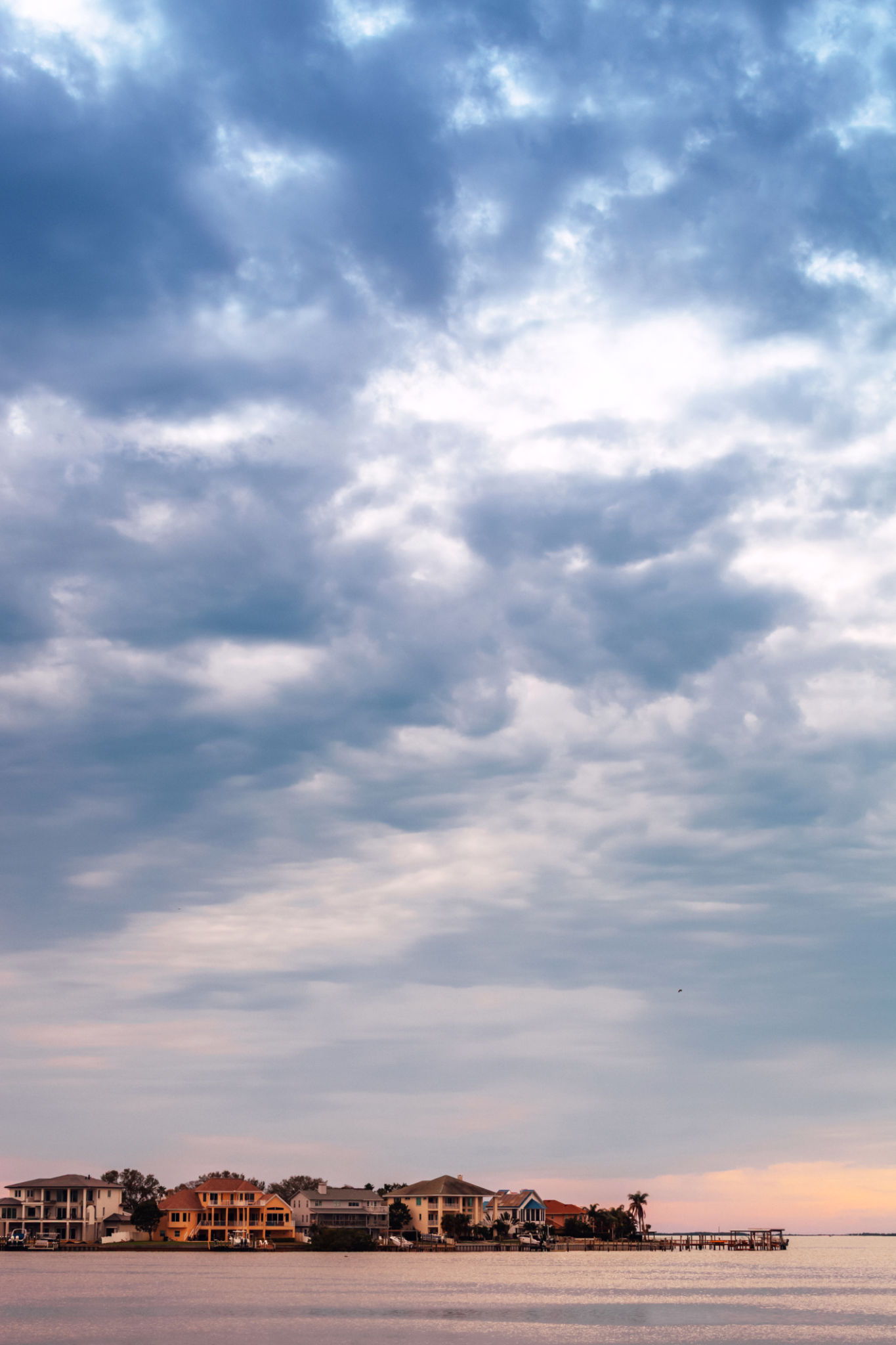The Impact of Palm Harbor's Building Regulations on Commercial Construction Projects
AG
Understanding Palm Harbor's Building Regulations
When it comes to commercial construction projects, understanding local building regulations is crucial. In Palm Harbor, a community known for its unique charm and coastal beauty, building regulations are designed to ensure that new developments align with community standards and environmental considerations. These regulations can significantly impact the planning and execution of commercial construction projects.
Commercial builders must navigate a variety of guidelines that dictate everything from architectural design to environmental impact assessments. The aim is to maintain the area's aesthetic appeal while fostering economic growth. For developers, this means a careful balance between creativity and compliance.

Key Areas of Regulation
Palm Harbor's building regulations encompass several key areas. First, zoning laws dictate the type of structures that can be built in specific areas. These laws help maintain the character of neighborhoods and prevent overdevelopment. Commercial developers need to ensure their projects fit within these zoning parameters to avoid costly delays.
Another critical area is environmental regulations. Given Palm Harbor's proximity to natural reserves and coastal areas, builders must conduct rigorous environmental impact assessments. Regulations seek to protect natural habitats and prevent ecological degradation, which can affect project timelines and costs.

Challenges in Navigating Regulations
While these regulations are crucial for maintaining Palm Harbor's integrity, they present several challenges for commercial developers. The complexity of the permitting process can lead to delays, and the need for compliance with multiple regulatory bodies adds an additional layer of complexity. Developers must work closely with local authorities to ensure all requirements are met promptly.
Moreover, changes in regulations can occur, necessitating continuous monitoring and adaptation. This dynamic landscape requires developers to stay informed and flexible, often necessitating the involvement of legal and regulatory experts to guide projects from inception to completion.

Opportunities Amidst Regulations
Despite these challenges, there are numerous opportunities for developers who can successfully navigate Palm Harbor's regulatory environment. Projects that align with community values and environmental standards are often met with public support, which can facilitate smoother approval processes.
Additionally, developers who prioritize sustainability in their designs can benefit from incentives and grants aimed at promoting eco-friendly construction. By embracing these opportunities, developers can not only comply with regulations but also enhance the appeal and value of their projects.
Strategies for Successful Projects
To effectively manage the impact of building regulations, developers should consider several strategies. Engaging with local stakeholders early in the planning process can provide valuable insights and foster community support. Additionally, leveraging technology for project management and regulatory compliance can streamline processes and reduce errors.
Partnering with experienced local contractors and consultants who understand the nuances of Palm Harbor's regulations can also be advantageous. Their expertise can be instrumental in navigating complex regulatory landscapes and ensuring project success.
Conclusion
In conclusion, while Palm Harbor's building regulations present challenges, they also offer opportunities for developers committed to creating projects that respect the community's values and environmental priorities. By understanding and adapting to these regulations, commercial construction projects can thrive, contributing to the area's economic vitality while preserving its unique character.
